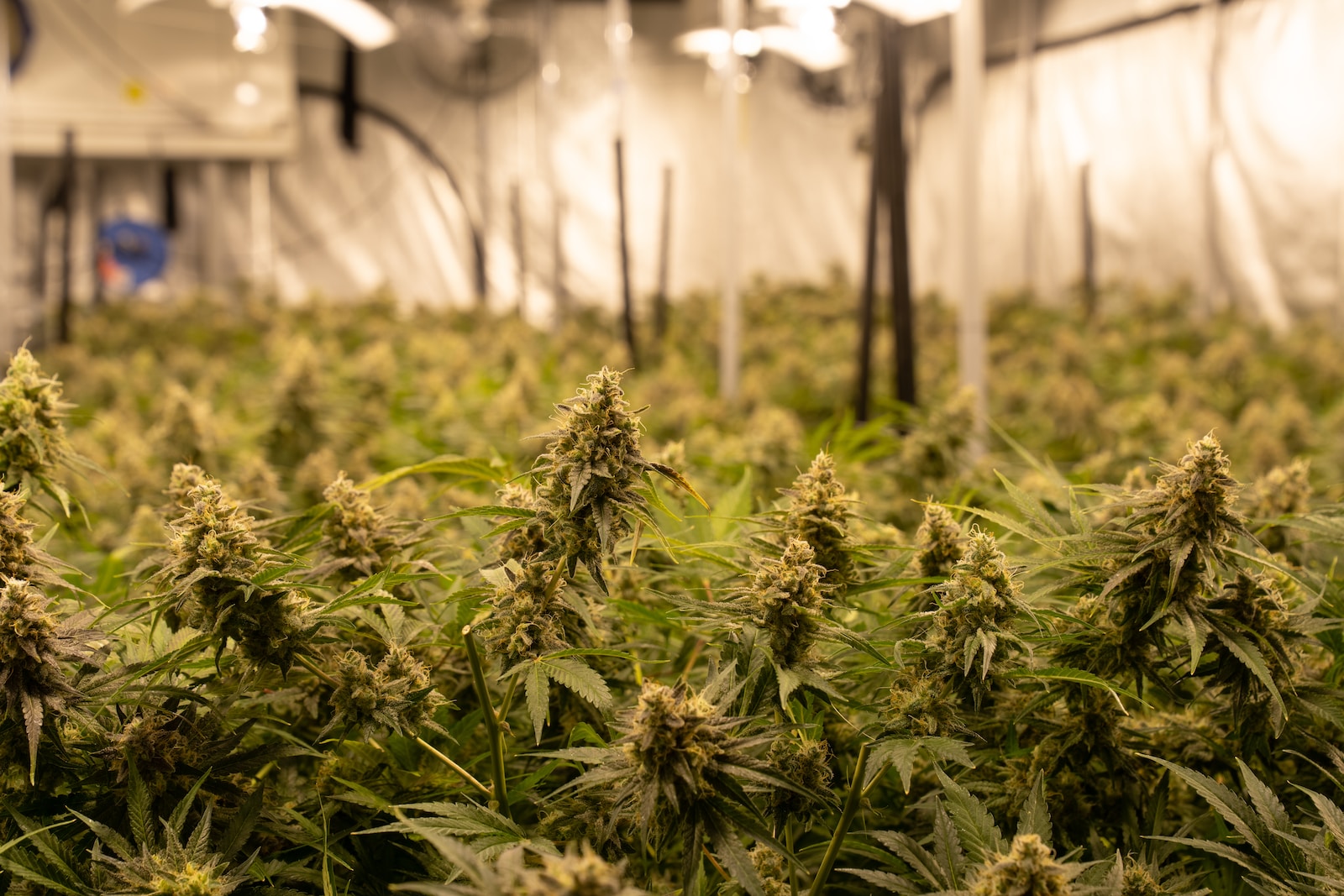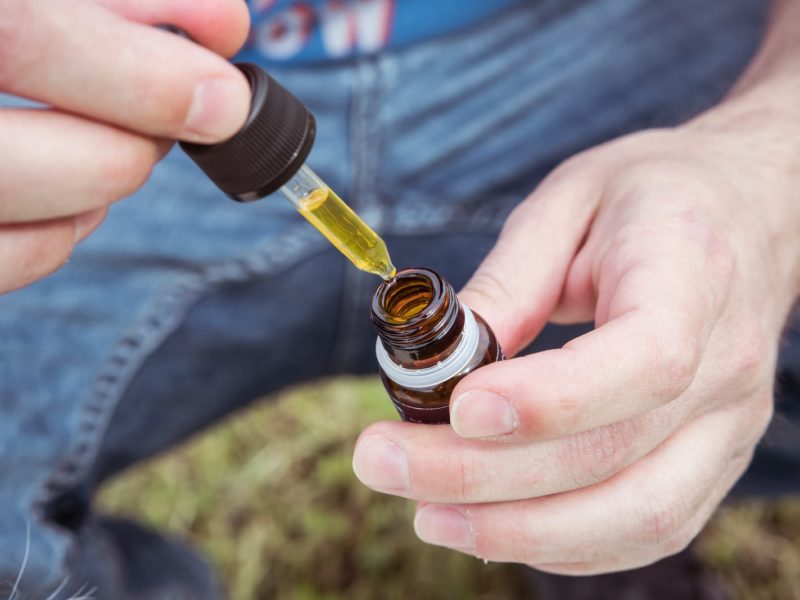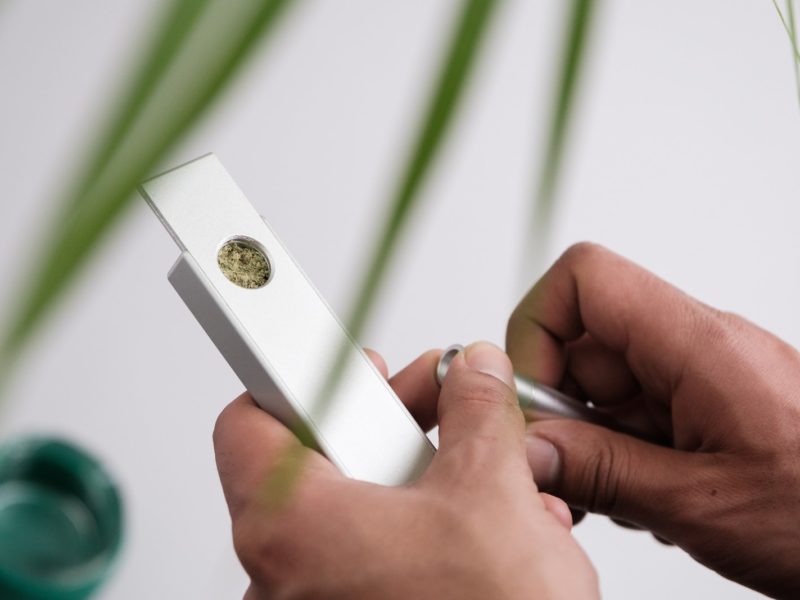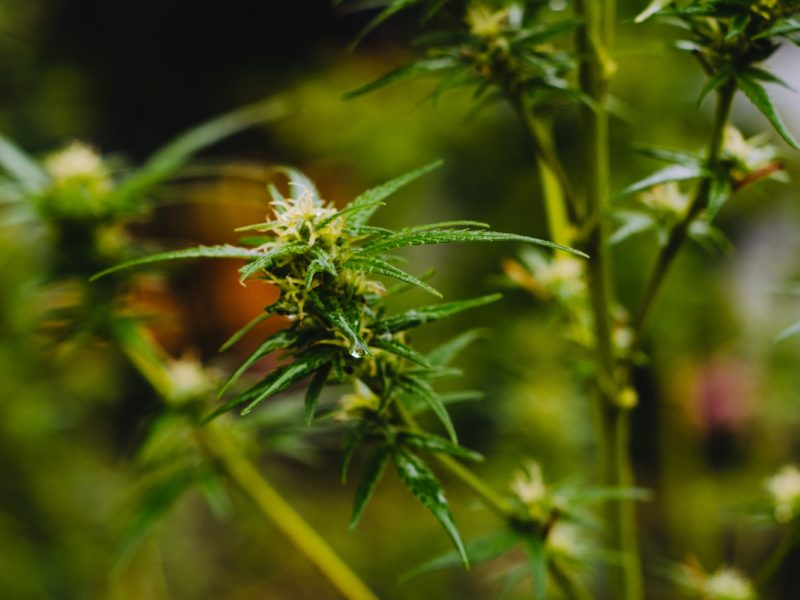Cannabis cultivation has gained popularity worldwide, not only for its therapeutic and recreational uses but also for the rewarding experience of growing your own plants. However, one aspect of cannabis cultivation that often puzzles growers is dealing with male cannabis plants. In this comprehensive guide, we will explore what to do with male cannabis plants, from identifying them to making informed decisions about their fate.
Male Cannabis Plants: Understanding the Basics
Male cannabis plants are an essential part of the cannabis life cycle, but they differ significantly from their female counterparts. While female plants produce the sought-after flowers (buds) rich in cannabinoids, male plants are primarily responsible for pollination. To help you make informed decisions, let’s delve into the world of male cannabis plants step by step.
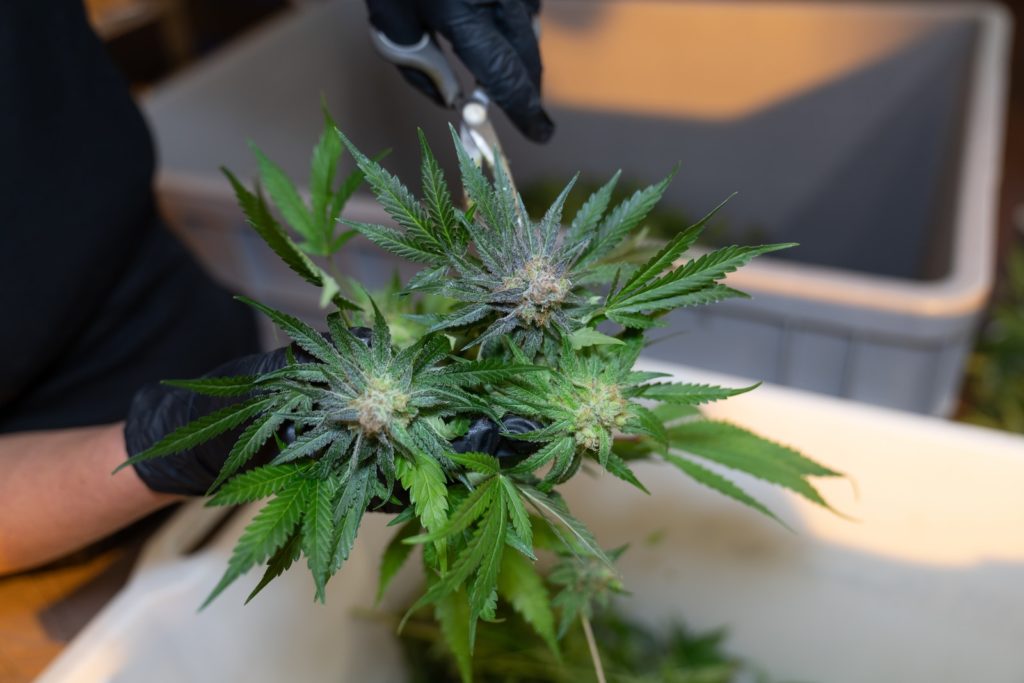
Identifying Male Cannabis Plants
The first step in dealing with male cannabis plants is identifying them early. This crucial skill can save you time, effort, and resources. Here are some key features to look for:
- Pre-Flowering Stage: Male plants often reveal their gender during the pre-flowering stage. Look for the presence of small, sac-like structures known as pollen sacs. These sacs contain pollen and are typically found at the nodes where branches meet the main stem.
- No White Hairs: Unlike female plants, male cannabis plants do not produce white hairs (pistils) at the nodes. Female plants develop these hairs as they prepare to receive pollen.
- Tapering Leaves: Male plants may have leaves with a more tapered shape compared to the broader, fan-like leaves of female plants.
The Importance of Removing Male Plants
Now that you can identify male cannabis plants, it’s crucial to understand why removing them is essential for a successful cannabis harvest. Here are some compelling reasons:
- Preventing Pollination: Male plants can pollinate female plants, leading to seed production. While this may be desirable for breeding purposes, it significantly reduces the quality and potency of the buds you ultimately harvest.
- Focus on Female Plants: Resources such as nutrients, light, and space are best utilized when allocated to female plants. Removing male plants allows female plants to thrive and produce high-quality buds.
- Avoiding Hermaphroditism: Some cannabis strains have a higher tendency to become hermaphroditic (develop both male and female flowers) when stressed. Removing male plants reduces stress on the females, reducing the risk of hermaphroditism.
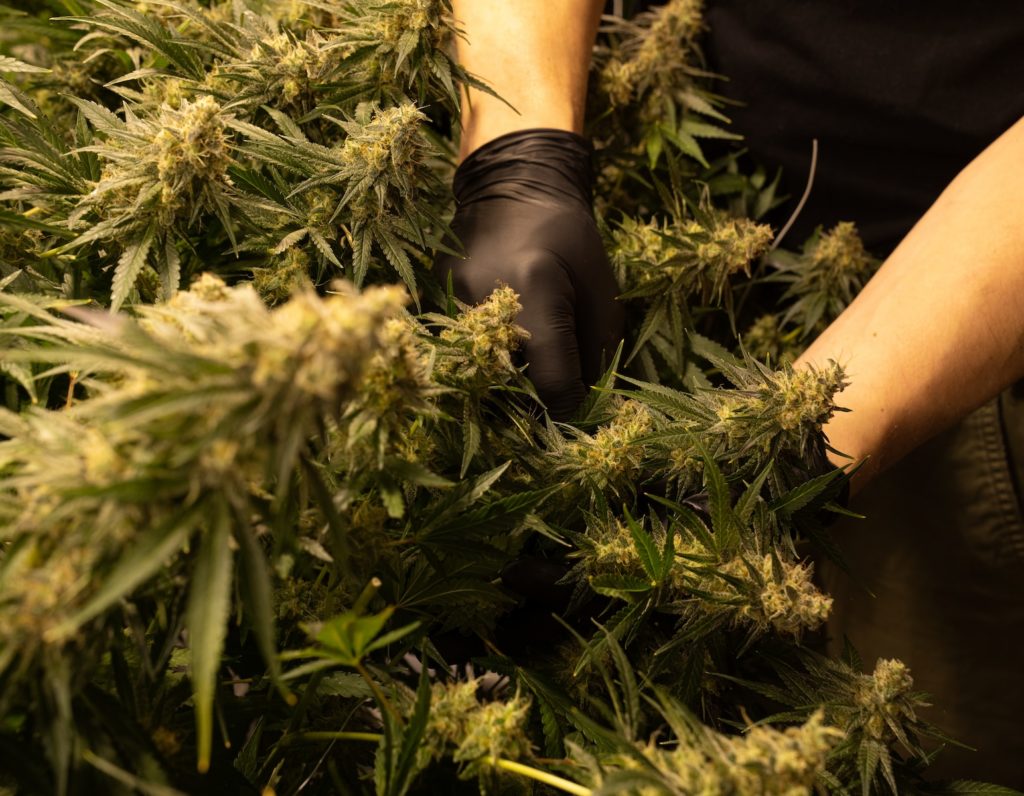
What to Do with Male Cannabis Plants
1. Dispose Responsibly
When you’ve identified a male plant, the most straightforward option is to dispose of it responsibly. This prevents accidental pollination and allows your female plants to flourish without competition.
2. Breed New Strains
If you’re an experienced grower and have the necessary facilities, consider using male plants for controlled breeding. This can lead to the development of unique cannabis strains with desirable characteristics.
3. Compost or Mulch
Recycling male cannabis plants into compost or mulch is an eco-friendly option. Their organic matter can enrich your garden soil, benefiting future crops.
4. Extract Pollen
If you’re interested in breeding but don’t want to keep male plants in your grow area, you can extract pollen from them and store it for future use. Proper storage is key to preserving pollen viability.
FAQs
Can male cannabis plants get you high?
No, male cannabis plants do not produce the cannabinoids responsible for the intoxicating effects of cannabis. They are primarily used for breeding purposes.
How can I tell the gender of a cannabis plant?
You can determine the gender of a cannabis plant by examining its pre-flowering stage for the presence of pollen sacs (male) or white hairs (female).
Is it possible for a male plant to turn female?
In rare cases, environmental stressors can cause a male cannabis plant to develop female flowers, a condition known as hermaphroditism. However, this is not common.
Can I use male plants for making cannabis products?
Male plants are not typically used for making cannabis products, as their cannabinoid content is minimal compared to female plants.
Should I keep male plants for breeding?
If you have the expertise and facilities for controlled breeding, keeping male plants for breeding purposes can be a rewarding endeavor.
What should I do if I accidentally pollinate my female plants?
If accidental pollination occurs, you can still harvest seeds, but the quality and potency of the buds may be compromised. It’s best to avoid accidental pollination by removing male plants promptly.
Conclusion
Dealing with male cannabis plants is an essential skill for any cannabis grower. By identifying and managing them effectively, you can ensure a bountiful harvest of high-quality buds. Whether you choose to dispose of male plants, explore breeding opportunities, or recycle them into compost, your actions will impact the success of your cannabis cultivation journey.
